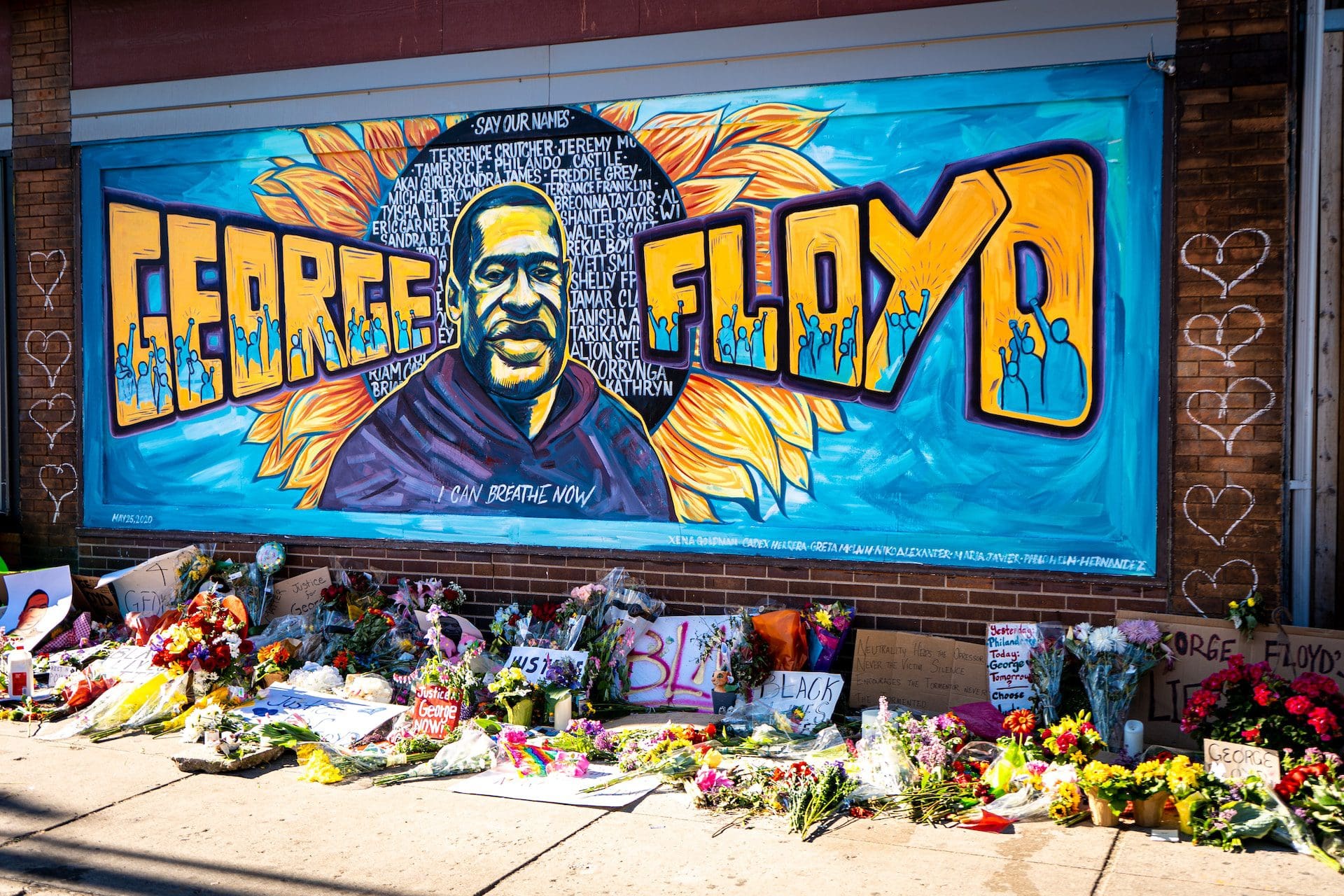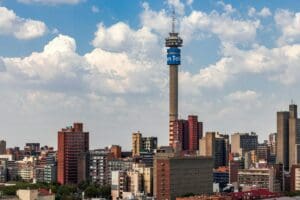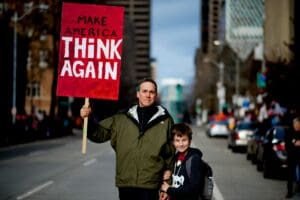By Rachel Banen
See original post here.
The recent court-enforceable settlement agreement between the city of Minneapolis and the Minnesota Department of Human Rights could be a historic step in combating police brutality. However, the agreement fails to contextualize police brutality as a byproduct of poverty. By failing to recognize the role of poverty in over-policing, it disincentivizes the city, and the state from instituting long-term, anti-poverty measures, such as guaranteed basic income that would address a root cause of crime that in turn plays a role in police brutality.
The popular narrative that systemic racism solely explains police brutality is overly simplistic given that poor people are more vulnerable to police brutality than their more affluent peers. One study, for instance, found that Black men who make less than $49,000 were significantly more likely to report police use of force during their most recent street stop than Black men with incomes of $50,000 or more. Researchers also discovered that white women who make less than $49,000 experienced “significantly more police use of force than” than white women who make $50,000 or more. Systemic racism is a significant factor in police killings, but a complex interplay of gender, race, sexuality and socio-economic status affects a person’s chances of experiencing police brutality.
This phenomenon would seem to match data from Minneapolis. According to the Neighborhood Poverty Project, Philips, Cedar-Riverside, Central, Stevens Square, Downtown West, and Camden are neighborhoods with large numbers of people of color that are persistently poor. Seward, Como, Marcy Holmes, Near North, Willard-Hay and Hawthorne are also diverse neighborhoods with deepening poverty. The MPD Crime Dashboard reports that the same neighborhoods are the locus of most police involvement.
Consider this: George Floyd was killed in Central, while Amir Locke was killed in Downtown West, two of the neighborhoods that have the greatest concentrations of people of color and are persistently poor. What if we saw police brutality as a phenomenon of killing poor people, who are disproportionately people of color?
The Minneapolis City Council understands police brutality as a failure to provide a public safety system that meets collective safety needs, in addition to a police force that does not comply with human rights law. The city aims to eliminate police brutality with three overarching goals: Reducing the amount of force during police incidents; limiting police-citizen interactions; and interrupting violence before it begins.
The city has multiple pilot alternative response programs, which include a mobile behavioral health team that responds to mental health crises rather than law enforcement; 911 dispatch that assesses behavioral health calls; and non-police city staff that collect theft and property damage reports. Violence prevention programs send unarmed citizens to identify and calm conflicts before they lead to serious violence. MPD is prohibited from pulling people over for broken taillights and expired tabs, which are two of the most frequent ways that citizens interact with the police. MPD is also banned from using no-knock warrants, choke holds, and neck restraints.
Despite the bevy of reforms that will hopefully save lives, current policy fails to address the underlying issue of poverty — Minnesota needs to establish a guaranteed basic income program. While Minneapolis and St. Paul are currently piloting a GBI program, many other cities have successfully demonstrated the success of GBI in reducing poverty levels.
Since 1982, Alaska has given every citizen an annual check, which has led to a reduction in poverty rates by 2.3 percentage points on average between 2011 and 2016; about 25% more people would have fallen below the poverty threshold without guaranteed cash assistance
In Stockton, California, 125 people were given $500 a month over an 18 month period. Researchers found that guaranteed income led to greater financial stability. California recently announced a pilot GBI program, but results are not published.
The Legislature this past session debated several tax reforms that could, at least partially, fund a GBI program. A ban on international corporate profit shifting via worldwide combined reporting and a fifth state income tax tier, which would establish a 10.85% tax rate on high-income Minnesotans, are among the ideas.
The Legislature passed a tax rebate and a highly progressive child tax credit, which are versions of GBI, but more needs to be done. With universal basic income, we can eliminate the reasons for police intervention, which primarily entail theft, property damage and other non-emergency crime. Reducing inequality alters the cost-benefit calculation of criminal acts by reducing desperation. Because cash transfers reduce poverty, they decrease the perceived benefits of crime, and consequently, violent police intervention.






















